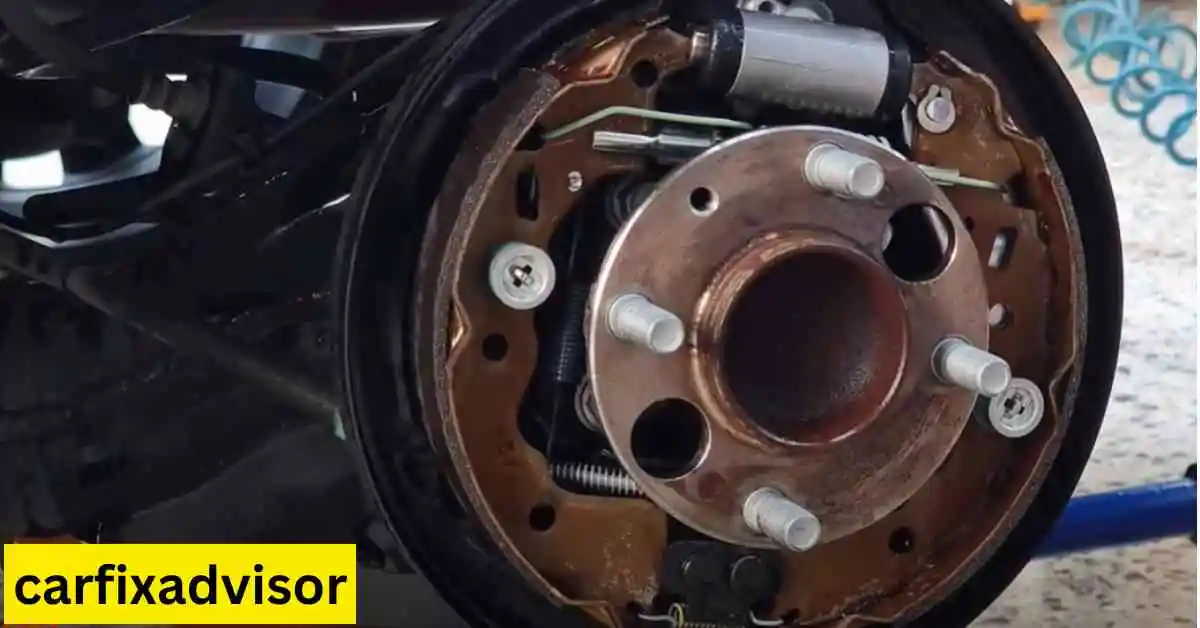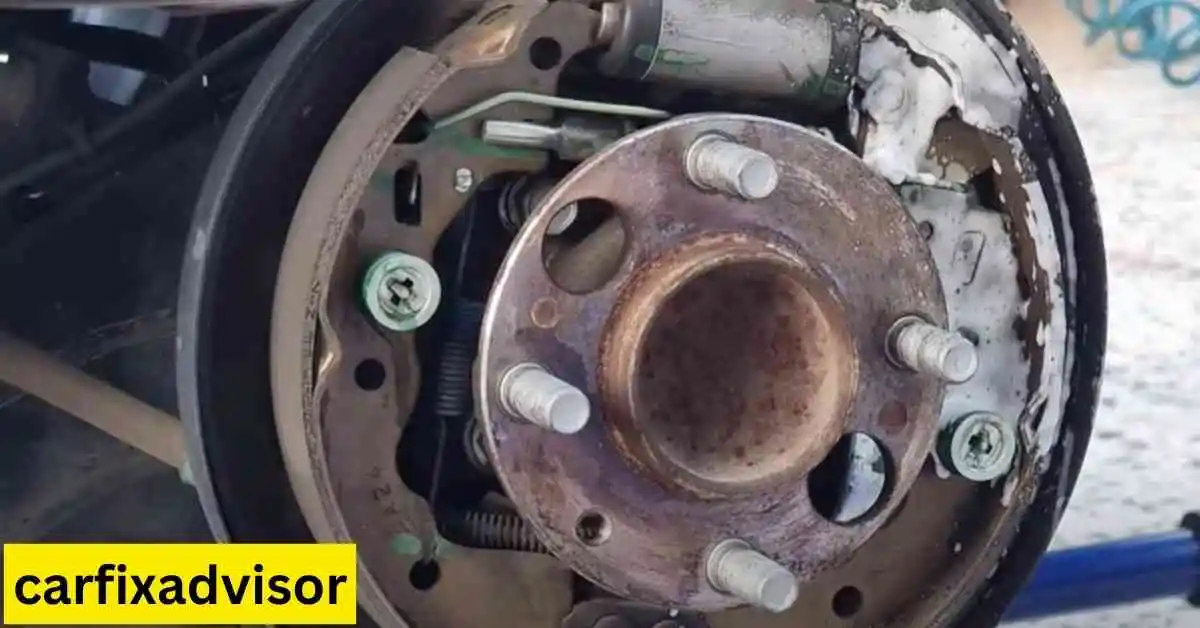Most drivers don’t realize that brake cleaning is just as important as brake pad replacement. Over time, dust, dirt, and road grime build up on your rotors and calipers, reducing stopping power and sometimes causing that annoying squeak. The good news? You don’t always need to remove your tires to give your brakes a proper clean. With the right tools and approach, you can safely clean your brakes through the wheel gaps — saving time, effort, and even money.
As an automotive engineer with 15 years of hands-on experience in brake systems, I’ll walk you through everything you need to know about How to Clean Brakes Without Taking Tires Off, why brake cleaning matters, when this method works (and when it doesn’t), and a simple step-by-step process to follow.
Why Cleaning Your Brakes Matters
Brakes are your car’s most critical safety feature. Keeping them clean isn’t just about looks — it directly affects performance.
Safety and Performance: Clean brakes shorten stopping distances, reduce vibration, and ensure smoother, quieter braking.
Longevity of Components: Dirt and brake dust act like sandpaper, wearing down pads and rotors faster. Regular cleaning slows this process.
Cost Savings: By keeping brakes dust-free, you avoid premature wear and costly repairs that can run hundreds of dollars.
Think of it like this: cleaning your brakes is preventive maintenance. You wouldn’t skip an oil change — so don’t skip this either.
Essential Tools and Materials You’ll Need
Before diving into the cleaning process, let me share what I’ve found to be the most effective tools for this job:
Brake Cleaner Spray – Choose a residue-free cleaner (chlorinated for heavy-duty, non-chlorinated for regular cleaning).
Soft-Bristle Brush – A wheel brush or detailing brush to loosen stubborn grime.
Safety Gear – Gloves and safety glasses to protect your skin and eyes.
Low-Pressure Hose or Spray Bottle – For rinsing away cleaner and dirt.
Optional: Lint-free cloth or compressed air for faster drying.
I remember learning the hard way about the importance of proper safety equipment. After getting brake cleaner in my eyes once, I never worked without safety glasses again. Trust me, this is one step you don’t want to skip.
Step-by-Step Guide to Cleaning Brakes Without Removing Tires
Step 1 – Prepare Your Vehicle and Work Area
Park on a flat, stable surface.
Engage the parking brake.
Make sure the car won’t move while you’re working.
Step 2 – Spray the Brake Cleaner
Insert the nozzle through the wheel spokes.
Spray evenly onto the caliper, rotor, and other visible brake components.
Allow the cleaner to break down brake dust and grime for 1–2 minutes.
Step 3 – Brush Accessible Areas
Use a soft brush to gently scrub visible spots.
Focus on caliper edges and rotor surfaces where dust builds up.
Avoid excessive pressure to prevent scratching or pad wear.
Step 4 – Rinse Away Dirt
Use a low-pressure water stream or spray bottle to wash away loosened debris.
Never use high-pressure water directly on brakes — it can push dirt into seals.
Step 5 – Let Everything Dry
Allow brakes to air-dry fully before driving.
If needed, wipe with a lint-free cloth or blow dry with compressed air.
(Pro Tip: Lightly pressing the brake pedal after drying helps remove any leftover moisture.)
Common Challenges and Solutions
Throughout my experience, I’ve encountered several challenges when cleaning brakes without removing tires. Here are some solutions I’ve developed:
Limited Access Issues
When dealing with tight spaces between spokes, I’ve found that using a flexible brush attachment can help reach difficult areas. Sometimes, slightly rotating the wheel (with the car safely supported) can provide better access to different sections of the brake assembly.
Stubborn Brake Dust
For particularly stubborn brake dust, I’ve discovered that letting the brake cleaner soak for about 30 seconds before scrubbing can help break down the compacted material more effectively. Just be careful not to let it dry on the surface.
Maintenance Tips and Best Practices
After cleaning countless brake systems, I’ve developed these preventive maintenance practices:
- Clean your brakes every 3-4 months or sooner if you notice decreased performance
- Pay attention to unusual sounds or feelings when braking
- Consider using ceramic brake pads, which produce less dust
- Regular cleaning helps prevent more serious issues down the line
FAQs about How to Clean Brakes Without Taking Tires Off
How often should I clean my brakes without removing the tires?
Based on my experience maintaining various vehicles, I recommend cleaning your brakes every 3-4 months under normal driving conditions. However, if you frequently drive in dusty areas or notice decreased braking performance, you might need to clean them more often. I’ve found that vehicles driven in urban areas with heavy traffic tend to accumulate brake dust more quickly due to frequent braking.
Is it as effective to clean brakes without removing the tires?
While removing the tires provides better access, cleaning brakes through the wheel spokes can be just as effective when done properly. I’ve successfully maintained brake systems this way for years, and the key is being thorough and systematic in your approach. The main advantage is the time saved, making it more likely that you’ll perform regular maintenance.
What are the signs that indicate my brakes need cleaning?
From my experience, the most common indicators include:
- Squealing or squeaking sounds when applying the brakes
- Reduced braking performance or a “soft” brake pedal
- Visible dust accumulation on the wheels
- Vibration when braking I’ve learned that addressing these signs early through cleaning can prevent more serious issues from developing.
Can brake cleaning damage other car components?
When using brake cleaner, I’m always careful to protect painted surfaces and rubber components, as the strong chemicals can cause damage. I’ve seen cases where careless application led to damaged wheel finishes or degraded rubber seals. Always use a catchment tray and avoid overspray on non-brake components.
What type of brake cleaner is most effective?
Through years of testing different products, I’ve found that chlorinated brake cleaners generally provide the best cleaning power. However, some areas restrict their use due to environmental concerns. Non-chlorinated cleaners are also effective but might require more effort and product to achieve the same results. I always recommend checking local regulations before choosing a cleaner.


